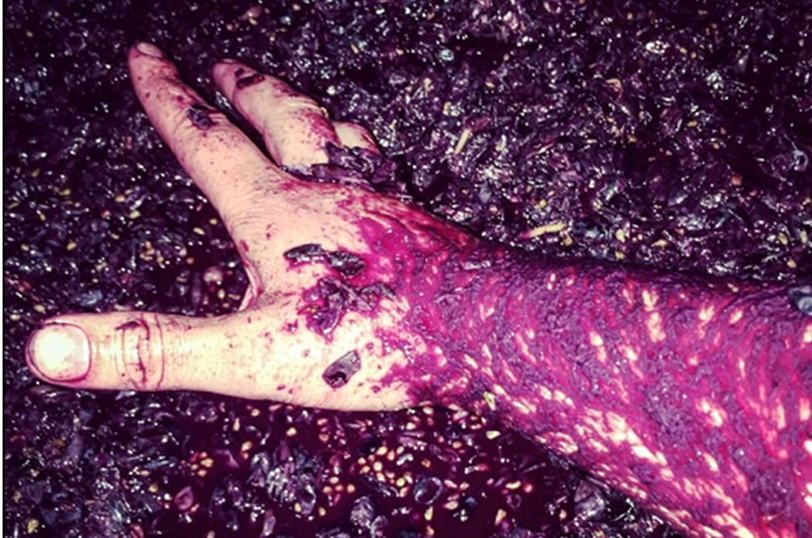Petite Immortelle, Famille Bousquet, Cotes du Roussillon, France 2018
“Splendidly under-priced at just £13.50”
‘People’s Choice Wine Awards 2022’ – ‘Finalist
People often say to us “You have the best job in the world!” and we’re always ready with a razor-sharp reply: “It’s a tough job, but somebody’s got to do it!” and then we all fall about laughing. Once the laughter has died down, we usually offer the disclaimer that it is indeed a great job, but sometimes the task of tasting cold red wines from a cold barrel in a cold cellar can take the shine off things, especially if the only thing to have lined your stomach that morning is a cup of that infernal brown liquid the French amusingly call coffee.
So, when we discover a wine like this, a wine we know will be enjoyed by both parsimonious princes and discerning paupers, it gives us a real lift and feels like that moment when the wind suddenly picks up, the spinnaker balloons out and the boat lurches forwards under full sail. It’s a wine that really should cost a fair bit more than £13.50, if only for the fact that it has already had the softening influence of 4 years of bottle age (so many inexpensive red wines are released far too early, which isn’t always a pleasant experience for your tooth enamel), but there is real integrity to its upbringing too (100 year-old vines, 7th generation grape growers, barrels sourced from Chateau Margaux, hand-made vinification - literally) and it shows in the quality of the wine, which we think is splendidly under-priced.
So, as the days are now getting shorter (well, it’s true!), we feel that a red wine like this, with its warm and hearty soul, will keep you in good company as the nights close in...! It’s a blend of old-vine Syrah (60%), Grenache (20%), Mourvedre (10%) and Carignan (10%), made by English ‘Master of Wine’, Liam Steevenson (more below), and has a lovely settled character, with none of the squeaky, juvenile fruit of a wine without any meaningful bottle age, displaying bloomy orchard fruits like damson, d’Agen plum and blueberry as well as wild herbs, soft tobacco leaf and scuffed leather. It tastes similar to one of those ambitious Cote du Rhones - I’m sure you know the ones - with aspirations to be a Chateauneuf-du-Pape despite being just outside the appellation zone. Pair it with rustic foods like shin of beef stew, wild boar sausages, duck liver paté, wild mushrooms, chestnuts, olives, garrigue herbs etc or take it to a barbecue and you will immediately be presented with the tongs of respect.
It underwent a long maceration of 5 weeks in open top barrels with regular pigeage (see below). It then went through malolactic fermentation (another softening effect where harsh malic acid is transformed into the gentler lactic acid) before being aged in bottle to mature slowly, so that it’s ready to drink on release. 13.5% alc. Drink now-2026.
Petite Immortelle – A Master of Wine’s foray into winemaking
Liam Steevenson MW, has recently become an adopted son of the Roussillon region thanks to his wine, ‘Petite Immortelle’, made in the tiny village of Estagel, 20 miles north of Perpignan near the Spanish border. His initiation involved boozy breakfasts with local vignerons, early mornings helping out in the winery and juice-stained arms, as he discovered the delights of hand pigeage, a process that has the dual benefits of achieving a softer, more elegant extraction and connecting the winemaker, physically as well as cerebrally, with the wine he is making.
Liam Steevenson, gently extracting colour, aroma and flavour


